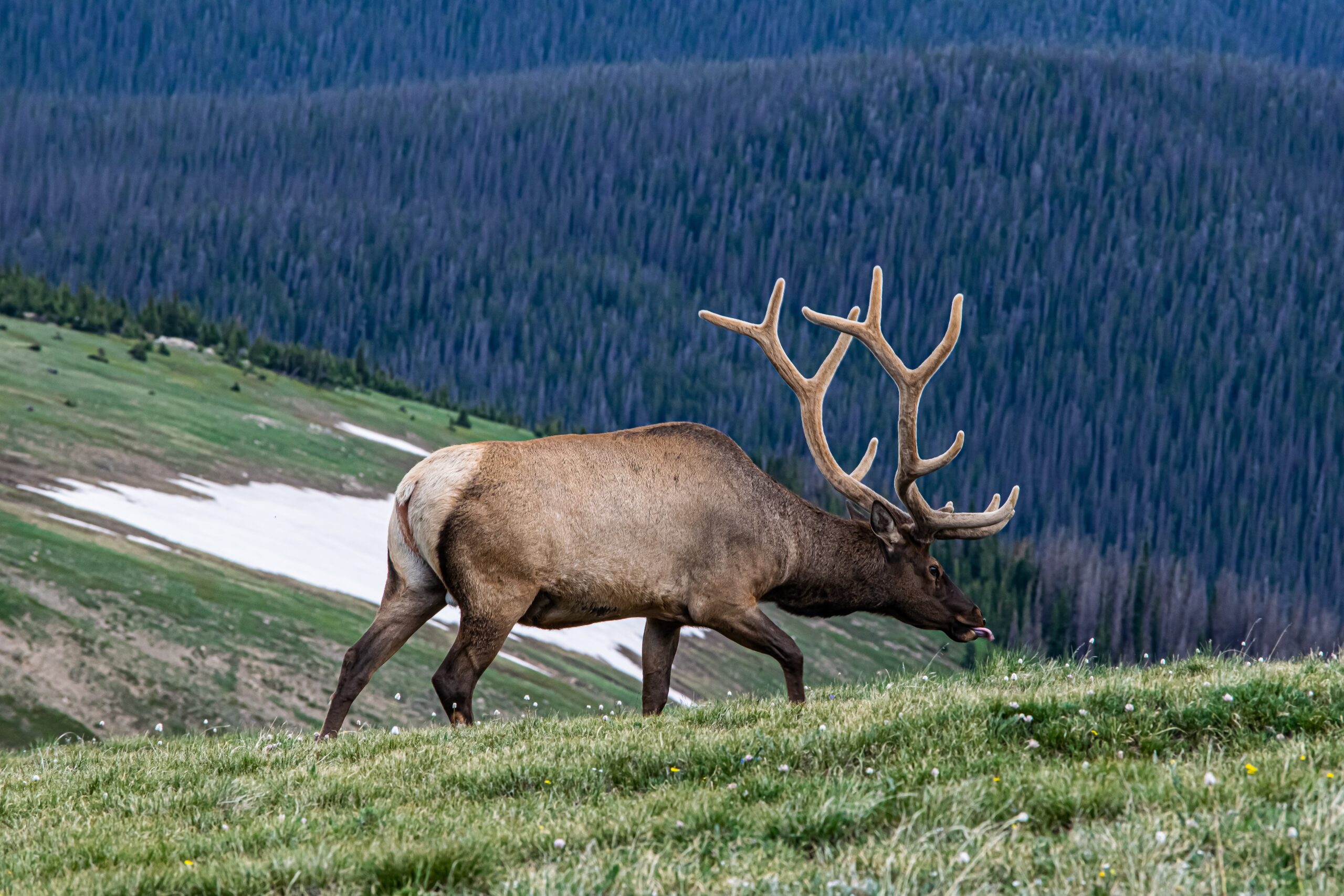This article originally appeared in the Livingston Enterprise.
We hear a lot about the value of Montana’s public lands these days—and for good reason. The region’s vast public lands are what draw many of us to the state. But often overlooked are the tremendous contributions of Montana’s private landowners, who are the little thanked stewards of many of the things we enjoy most about living in this state—from clean water to healthy landscapes to abundant wildlife.
Nowhere is this more evident than during hunting season when many of us take to the hills in pursuit of elk, deer, and other wild game. Even if we’re hunting on public lands, nearly all of the species we pursue rely to some extent on private lands for their survival.
The importance of private lands is difficult to overstate. A drive down Highway 89 or East River Road provides ample evidence that ranchers and farmers provide key habitat for a variety of big game species, including elk, mule deer, and pronghorn. Throughout the year, it’s not unusual to spot herds of elk bedded down or grazing on Paradise Valley’s agricultural lands. These lands function as seasonal refuges for wildlife, which produce spillover benefits that flow throughout the state.
Recent research has demonstrated just how important private lands are in the Greater Yellowstone Ecosystem. Studies of GPS-collared elk in the ecosystem reveal that the region’s herds—which comprise more than 20,000 elk in at least nine major herds—rely on private landowners for crucial winter habitat. These are the same herds that draw millions of visitors to Yellowstone National Park each year, yet their survival often depends on the actions of landowners who live well beyond the park boundary.
In other words, the wildlife we enjoy depends on the stewardship and goodwill of Montana’s private landowners. Wildlife conservation is a fortunate byproduct of their cattle and farming operations, but it is not guaranteed.
Providing this habitat isn’t easy or cheap. Landowners incur significant costs from wildlife, including forage competition, winter hay loss, weed dispersal, property damage, and the threat of diseases. One estimate by Montana State University Extension pegged the cost of forage consumed by big game on private lands in our state at more than $31 million annually. And brucellosis—a disease transmitted from elk to livestock—can spell financial ruin for ranchers in the state. The average quarantine cost for a herd of 400 breeding cows infected by brucellosis has been estimated by researchers to be $140,000.
Big-game species also attract predators like wolves and grizzlies, whose growing and healthy populations push elk herds farther onto the relative safety of private lands and create other challenges for ranchers. Many ranchers in Paradise Valley who rarely saw elk on their land 20 or 30 years ago now routinely see hundreds or even thousands of elk whose presence on private lands coincides with the recovery of these large predators.
For landowners providing habitat for these species, wildlife can seem more like a liability than an asset and can strain the already-tight economics of ranching. Landowners may own their land, but wildlife are considered a public resource managed by the state. Often, that means elk and other big game impose costs on property owners without bestowing much in the way of benefits.
The most recent long, harsh winter in Paradise Valley provides a stark example. About 2 feet of snow fell in mid- to late February in the valley, pushing more elk than normal onto lower-elevation private agricultural lands, further accentuating the challenge of elk and cattle commingling. For those of us who enjoy wildlife, it should underscore the growing importance of private lands for prized species.
If we overlook the importance of private landowners in conserving wildlife, we risk jeopardizing what we love. We should appreciate that wildlife are on these ranches and farmlands by choice—they migrate or disperse there for better forage, water, and security. The fundamental challenge for all of us hunters, wildlife advocates, and the like is to ensure that wildlife is an asset, or at least less of a cost, in the eyes of the private landowners whose stewardship of the land conserves them.
Aldo Leopold, considered the father of wildlife ecology, put it this way: “Conservation will ultimately boil down to rewarding the private landowner who conserves the public interest.” That reality has never been more true in Montana.
So if you’re out hunting this fall—or if you’re just enjoying the sights and sounds of Montana’s wildlife—remember the private landowner who helps make sure these majestic species can continue to thrive in our state. And if you see a rancher, tell them thanks. Chances are, the survival of the wildlife you’re enjoying depends on them.





